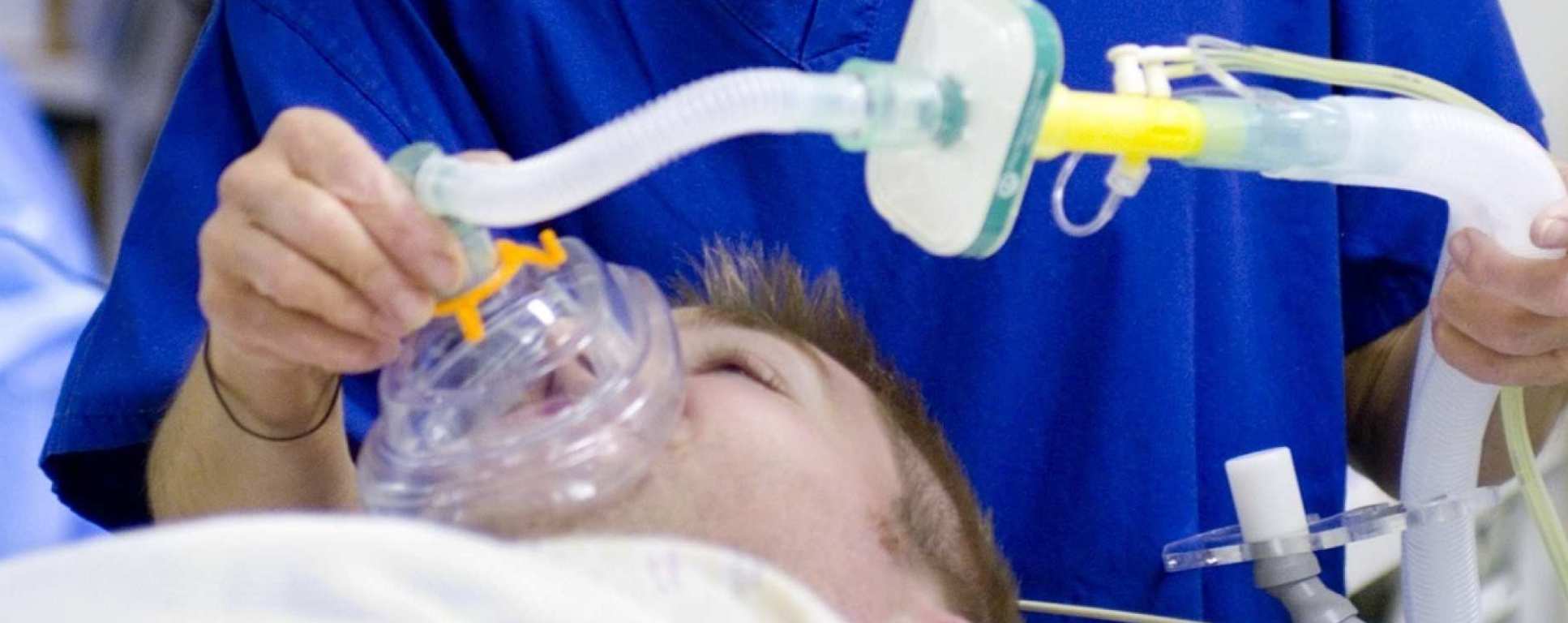BibTex format
@inbook{Campos-Pires:2016:10.1007/978-3-319-21867-0,
author = {Campos-Pires, R and Dickinson, R},
booktitle = {Blast Injury Science and Engineering A Guide for Clinicians and Researchers},
doi = {10.1007/978-3-319-21867-0},
editor = {Clasper and Bull and Mahoney},
pages = {173--182},
publisher = {Springer},
title = {Modelling Blast Brain Injury},
url = {http://dx.doi.org/10.1007/978-3-319-21867-0},
year = {2016}
}
RIS format (EndNote, RefMan)
TY - CHAP
AB - The consequences of blast traumatic brain injury (blast-TBI) in humans are largely determined by the characteristics of the trauma insult and, within certain limits, the individual responses to the lesions inflicted (1). In blast-TBI the mechanisms of brain vulnerability to the detonation of an explosive device are not entirely understood. They most likely result from a combination of the different physical aspects of the blast phenomenon, specifically extreme pressure oscillations (blast-overpressure wave), projectile penetrating fragments and acceleration-deceleration forces, creating a spectrum of brain injury that ranges from mild to severe blast-TBI (2). The pathophysiology of penetrating and inertially-driven blast-TBI has been extensively investigated for many years. However, the brain damage caused by blast-overpressure is much less understood and is unique to this type of TBI (3). Indeed, there continues to be debate about how the pressure wave is transmitted and reflected through the brain and how it causes cellular damage (4). No single model can mimic the clinical and mechanical complexity resulting from a real life blast-TBI (3). The different models, non-biological (in silico or surrogate physical) and biological (ex vivo, in vitro or in vivo), tend to complement each other.
AU - Campos-Pires,R
AU - Dickinson,R
DO - 10.1007/978-3-319-21867-0
EP - 182
PB - Springer
PY - 2016///
SN - 9783319218670
SP - 173
TI - Modelling Blast Brain Injury
T1 - Blast Injury Science and Engineering A Guide for Clinicians and Researchers
UR - http://dx.doi.org/10.1007/978-3-319-21867-0
ER -



 Anaesthesia makes up the largest hospital speciality and has a huge role to play in nearly every aspect of any hospital from operating
Anaesthesia makes up the largest hospital speciality and has a huge role to play in nearly every aspect of any hospital from operating